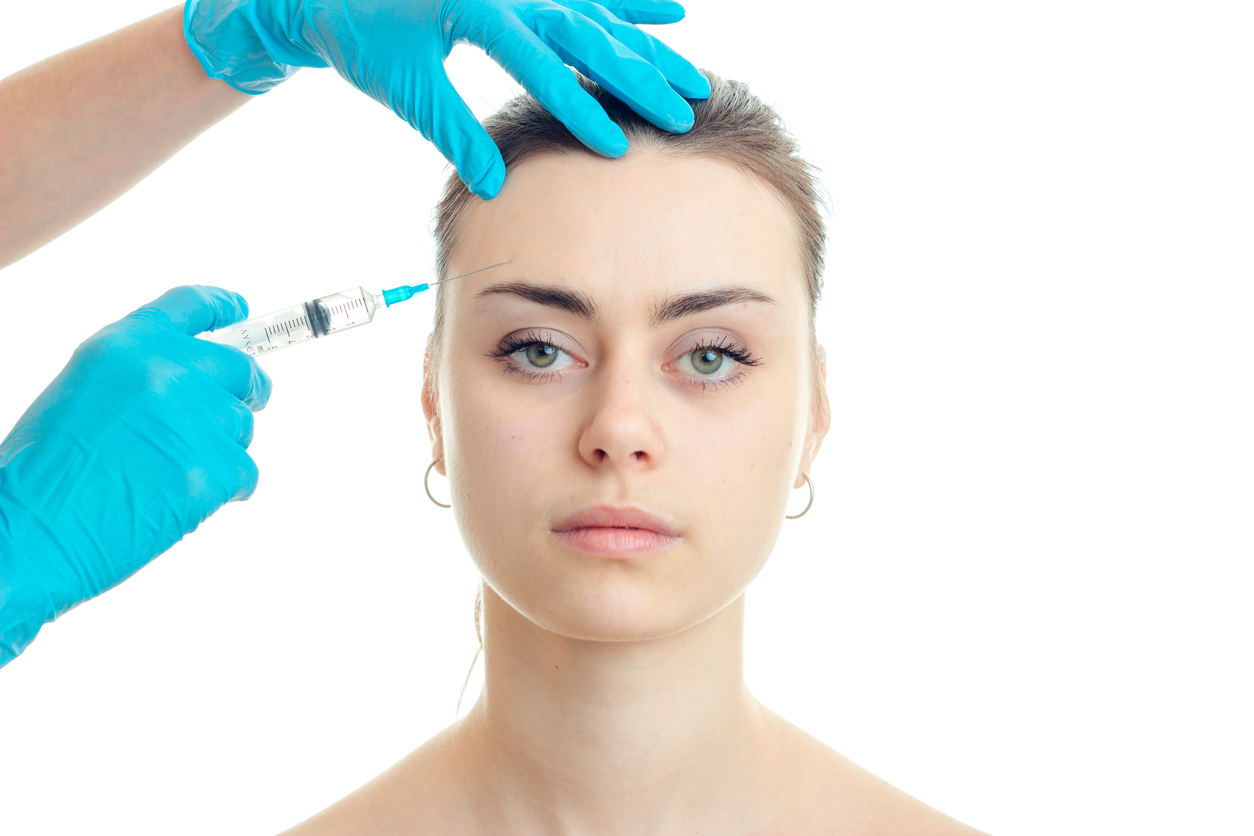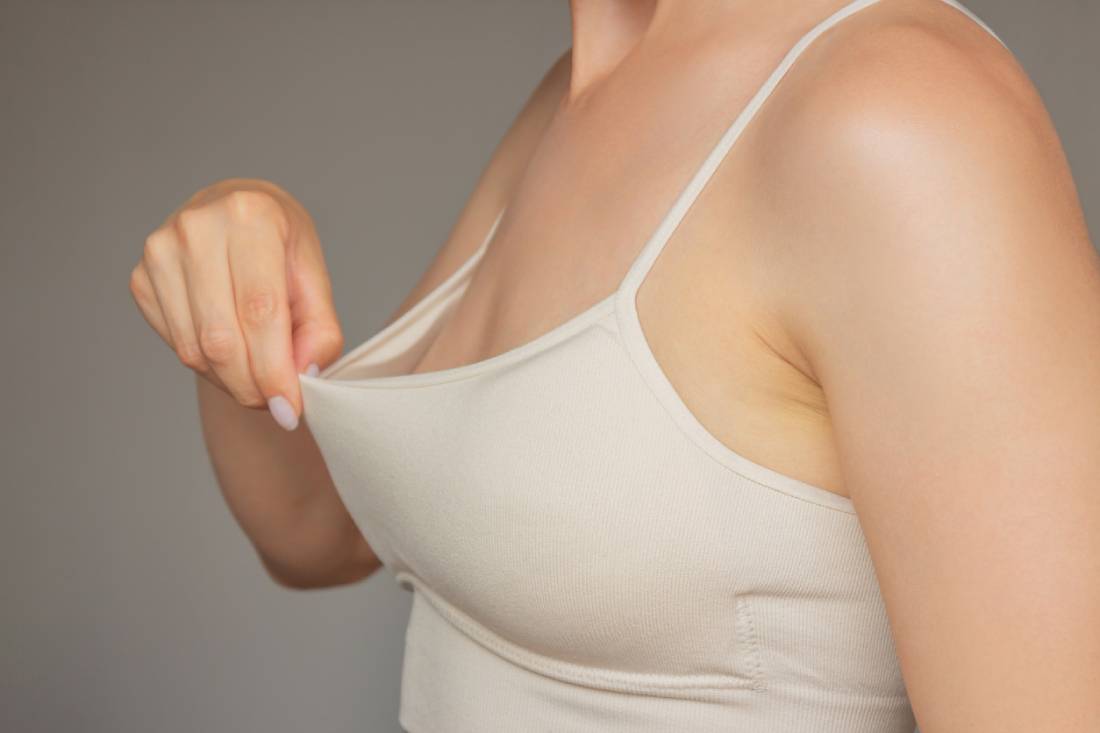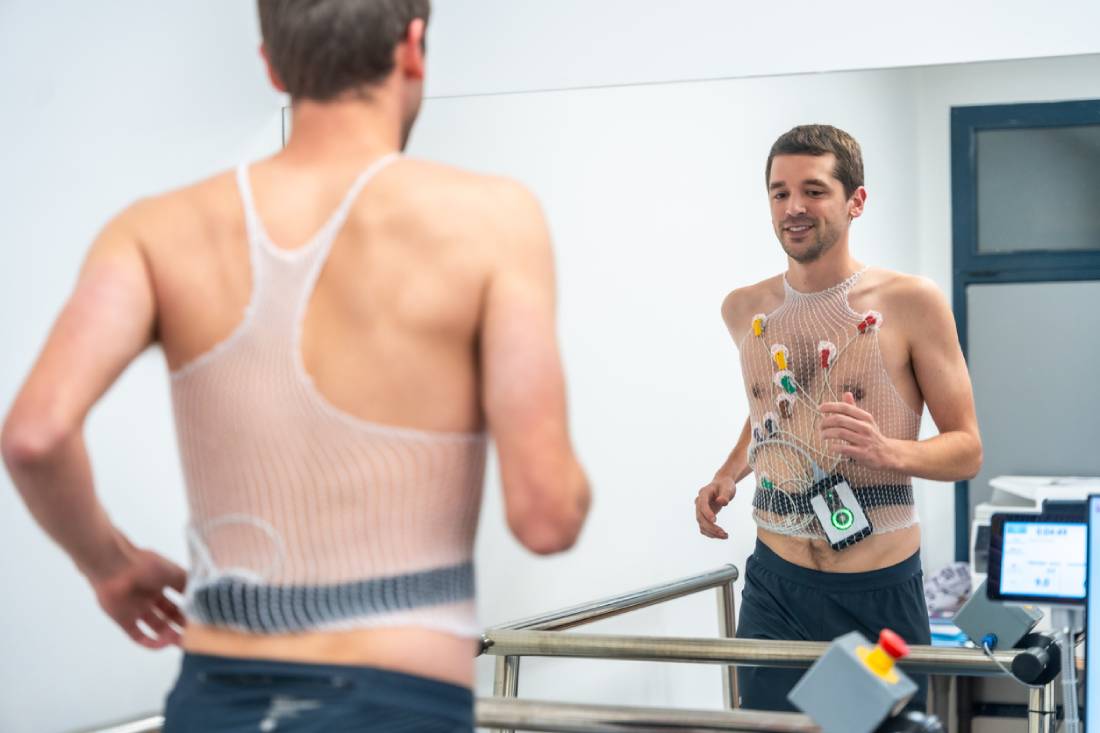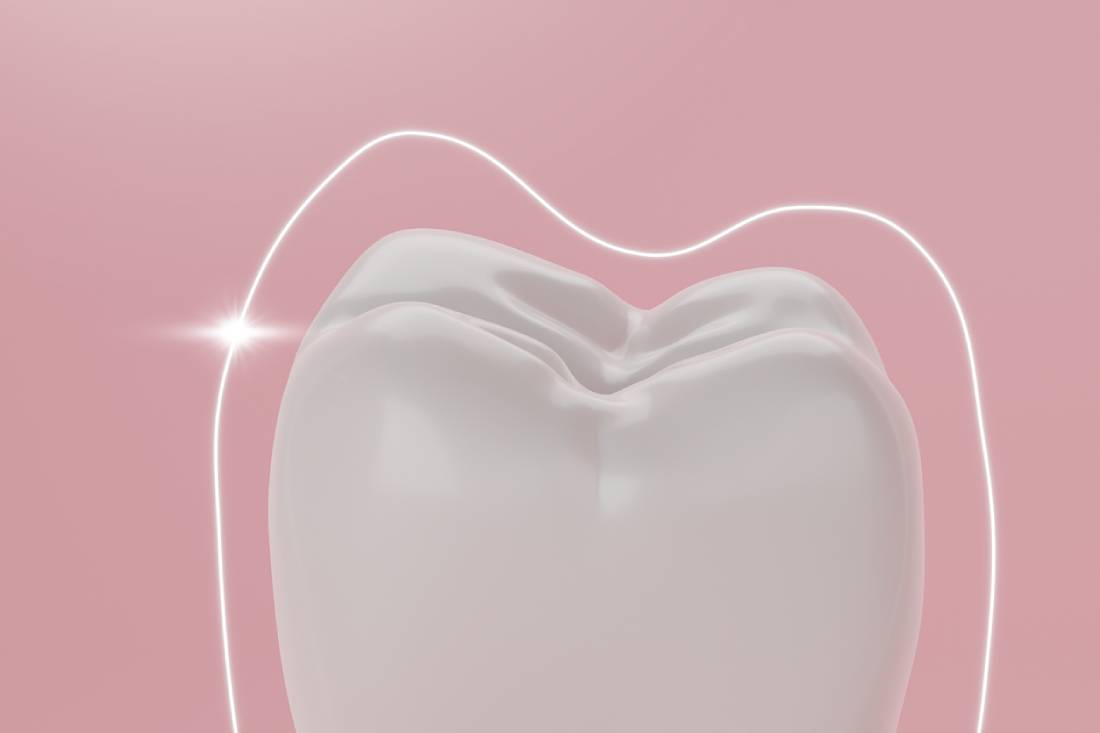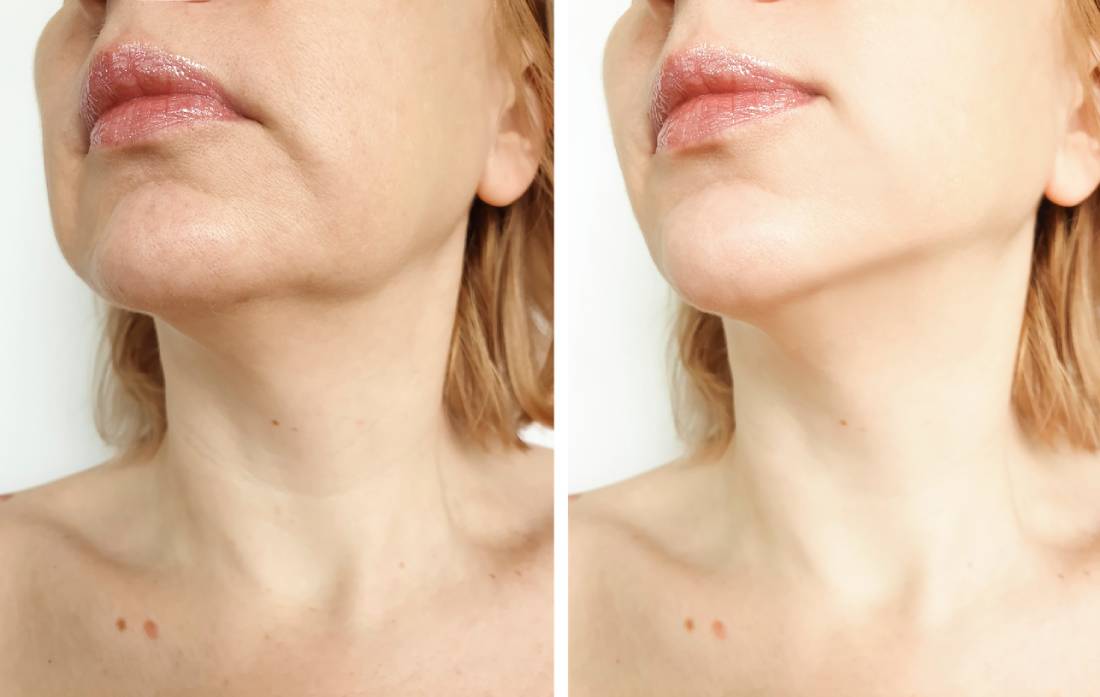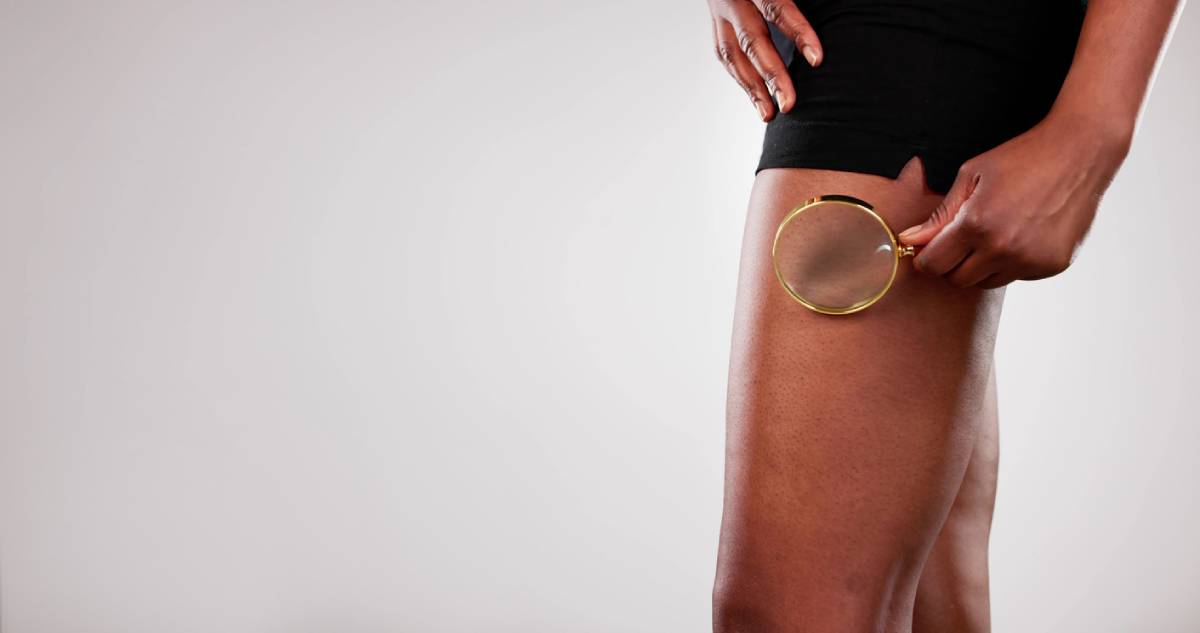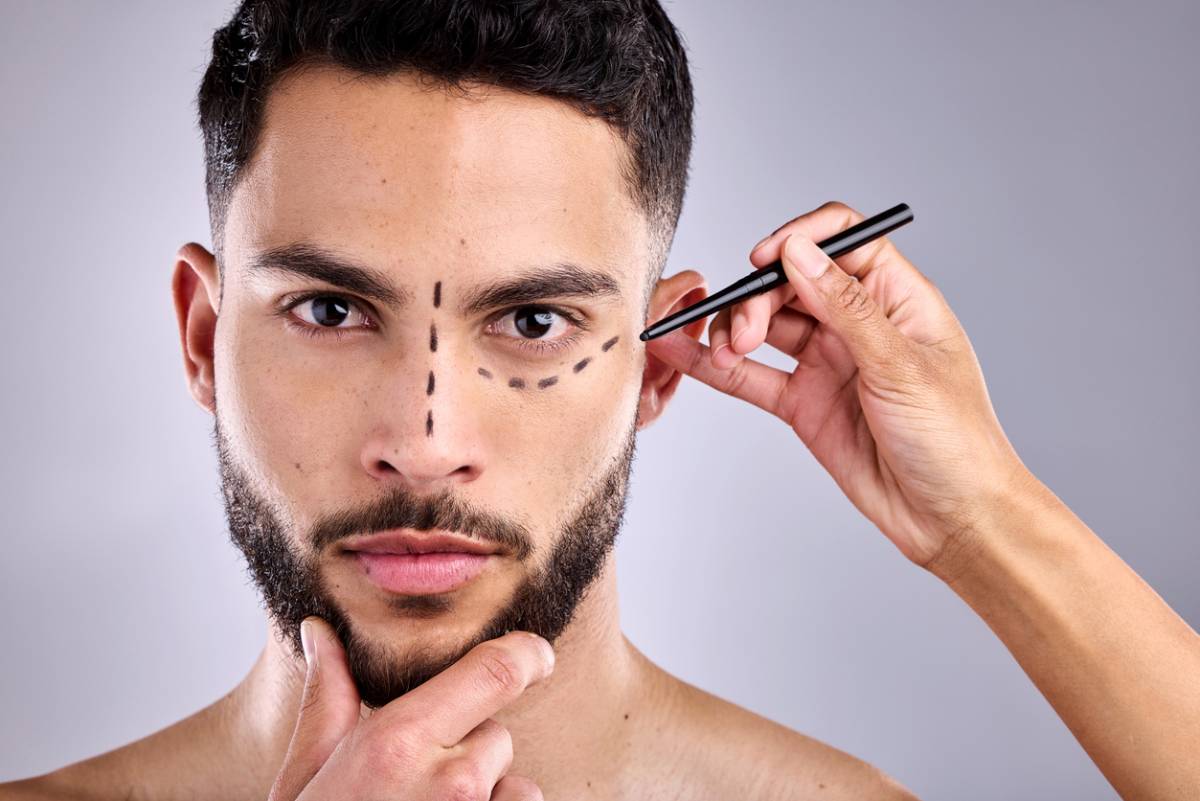Can You Get Ptosis from Botox?
Ptosis is a condition of the eyelids that describes when the upper eyelids begin to droop over the eyes. This condition can negatively impact a patient’s life in both an aesthetic and practical sense if left unchecked. Ptosis can arise for a number of obvious and more surprising reasons. This reality has led many to ask, “Can you get ptosis from Botox?”. If you have Botox treatment planned and are concerned about developing ptosis, take a look at this overview of the subject and your options for ptosis repair.
What is Ptosis?
Ptosis is a condition in which the upper eyelids begin to droop in front of the eyes. This can obscure one’s vision and create a somewhat strange appearance. In extreme cases, ptosis can even interfere with one’s ability to perform day-to-day activities.
Can You Get Ptosis from Botox?
Unfortunately, it is possible to develop ptosis accidentally from botox injections. Although rare, this is a risk factor that those seeking Botox injections should consider. Botox-induced ptosis can arise from different types of injections, which are outlined below:
- Forehead Botox: If you receive Botox injection on your forehead, the toxin can sometimes spread to the frontalis muscle, which can subsequently relax the brow too heavily and cause it to droop and press down on the upper eyelids.
- Frown Line Botox: Frown line botox refers to the injections a patient receives to adjust the appearance of their frown lines. This can impact the levator palpebrae superioris muscle that controls the upper eyelids.
Botox-induced ptosis may go away on its own. However, it should be noted that it can take months to resolve naturally, and there is no guarantee. Some patients may find that they need to resort to other means to correct Botox-induced ptosis.
Preventing Ptosis from Botox
You can reduce the chance that you will endure ptosis following a Botox treatment by taking certain precautions. Some of the following steps can help ensure that you retain your desired results while reducing the risk of developing ptosis:
- Communicate with your physician regarding any medical conditions
- Choose a qualified medical provider
- Follow the aftercare tips provided by your physician
Your physician may have specific guidelines to give to you regarding precautions to take, depending on your medical profile and history. You should take extra care to follow whatever directives they prescribe.
Treating Ptosis
The primary method for treating ptosis is through eyelid surgery or blepharoplasty. This type of procedure is a surgery that is designed to modify the appearance of the eyelids and the surrounding areas of the face. There are several types of blepharoplasty, and the one that is used to treat ptosis is called upper blepharoplasty. The steps of ptosis repair surgery generally go as follows:
- Your physician makes an opening in the skin of the upper eyelids.
- The muscle that needs to be raised is identified and tightened.
- The skin of the upper eyelids is then closed with stitches.
There are some complications that are possible with this type of surgery. You should take the following into account when you are planning to undergo ptosis repair surgery:
- Surgical site infection
- Accidental damage to the eyes and eyelids
- Incomplete results
- Inability to resolve the ptosis
- Bleeding and swelling
Other Causes of Ptosis
Although Botox injections can cause ptosis, there are other sources of this condition as well. Ruling these out can help your physician determine whether your particular case of ptosis is a result of your Botox injections:
- Horner syndrome
- Nerve damage
- Stroke
- Styes
- Horner syndrome
- Incorrectly executed plastic surgery
In addition, ptosis can simply be the result of the natural aging process. As one ages, the skin and muscles that surround the eyes can lose their strength and begin to stretch and weaken. If this occurs to a certain point, then a patient can develop ptosis.
In general, it is medical wisdom that treating ptosis sooner rather than later is ultimately the best course of action for resolving ptosis satisfyingly and safely. If you suspect that you may be developing ptosis thanks to Botox injections, make sure to contact your medical provider right away.
Your Friends in Eye Surgery
Nevada Eye Plastic Surgery is dedicated to offering the residents of Nevada and beyond the best in eyelid surgery. If you have a case of ptosis that has developed following botox injections, contact us today to discuss your treatment options.
